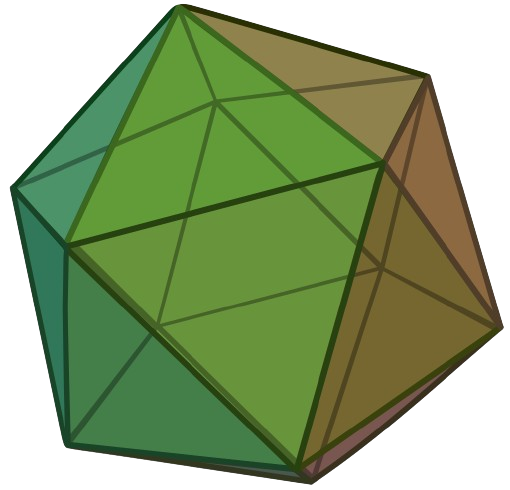If we observe the regular icosahedron carefully then we can understand that it has \(12\) vertices that can be divided into \(4\) layers,
- Top most point
- Upper regular pentagon
- Lower regular pentagon
- Bottom most point.
So if we try to choose the top most point as \(R\), then there are \({5\choose1}\cdot{6\choose1}\) ways to choose the points \(S\) and \(Q\) respectively,when \(S\) is in the upper regular pentagon layer.
On the other hand If \(S\) is in the lower regular pentagon layer, then \(S\) and \(Q\) can be chosen in \({5\choose1}\cdot{1\choose1}\) ways.
\(\therefore\) Probability of choosing three points \(Q,R\) and \(S\) so that \(d(Q, R)>d(R, S)=\frac{{5\choose1}\cdot{6\choose1}+{5\choose1}\cdot{1\choose1}}{{11\choose2}\cdot2!}=\frac{35}{110}=\boxed{\frac{7}{22}}\).
[In \({12\choose1}\) ways we can choose the point \(R\), as that factor is present in both the numerator and denominator so we are not taking that under consideration]
-
This reply was modified 1 year, 6 months ago by
 Deepan Dutta.
Deepan Dutta.